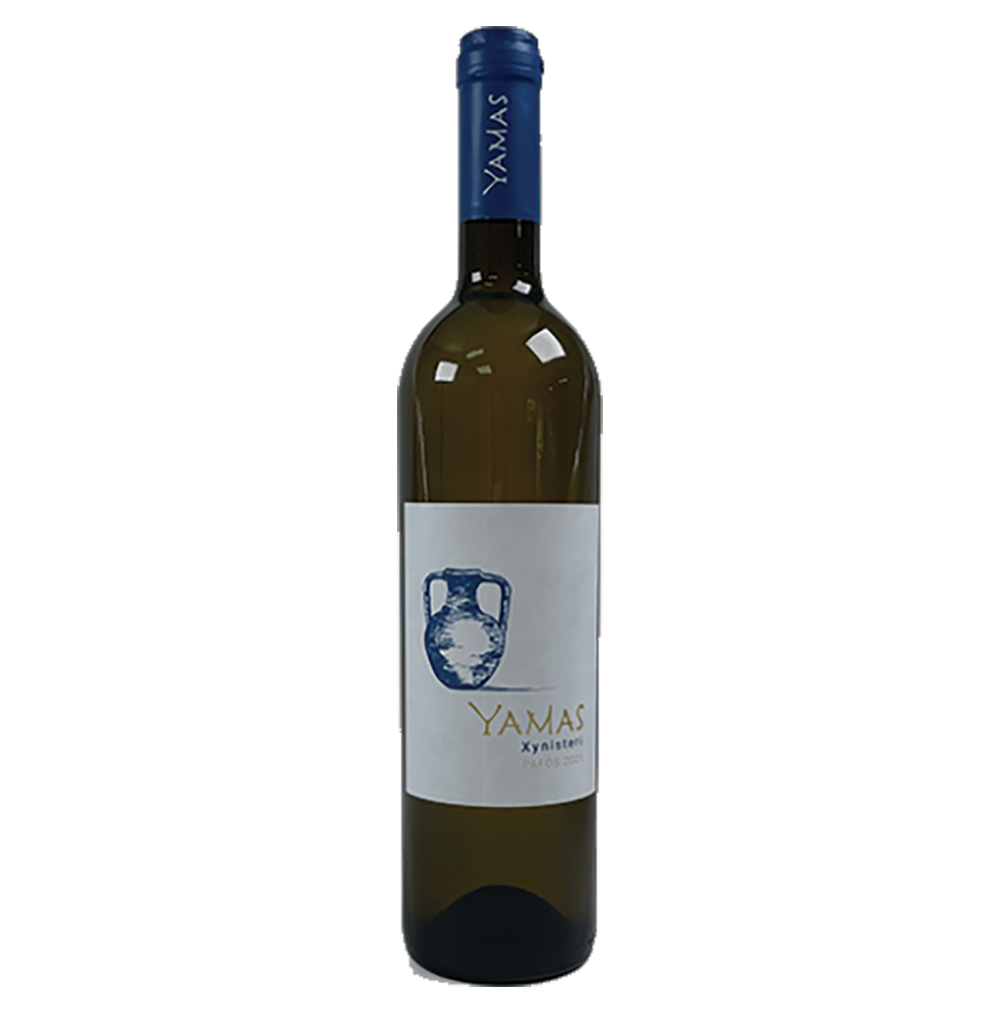By Elizabeth Kratz

For the past five years or so around this time, I along with many fellow kosher oenophiles have finished our tastings of all available kosher rosé wines. However, I felt I couldn’t write a specific article about pink wines this year, because the shemitah year in Israel meant that no wines made during the summer of 2022 were imported to America. This particularly affects our rosé tastings as many wine writers (including myself) like to only buy and drink rosé that has been made in the most recent year, because a great rosé is all about aroma and freshness.
[A little digression about shemitah and what it means for kosher wines]: I learned a bit about this during my trip to Israel in January, specifically that wines made during shemitah either are kosher in the category of otzar Beis Din or heter mechira. Otzar Beis Din means that the wines are sold at cost to a local beis din, meaning that a strictly kosher-keeping Jew can drink the wine made in the shemitah year, which is sold for much less than in other years (essentially at cost: no markup and no profit), as long as he or she drinks every drop and there’s no waste.
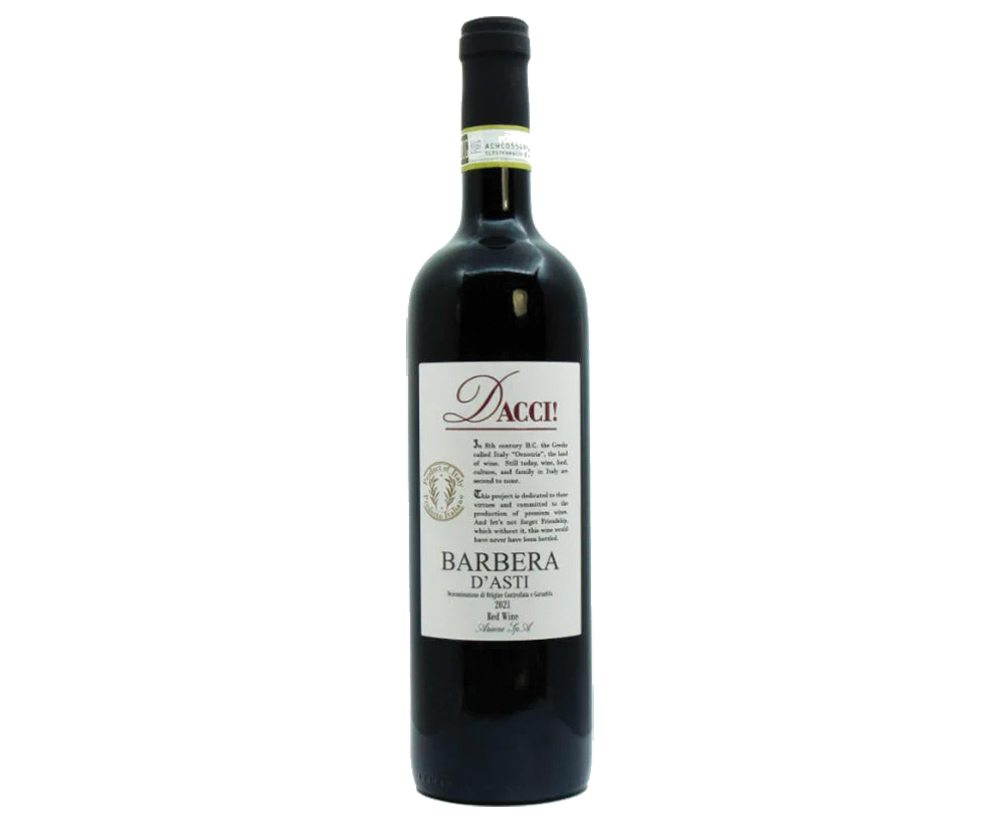
Rabbi Meir Shalem, a friend formerly from Bergenfield who now lives in Mitzpe Yericho, gave a series of talks about shemitah in Congregation Bnai Yeshurun in Teaneck last summer, and explained that it is in fact a mitzvah to eat shemitah produce and drink wines from the shemitah year, but to be stringent in that there is no waste, or that waste is treated appropriately. It was fun for me and my kids to thus enjoy a whole kumquat from the Shalem’s tree in their yard in Mitzpe Yericho, and to ensure that any waste from the fruit went into a special shemitah bag, not unlike shaimos. Heter mechira, another type of way to make shemitah wines, was explained to me as sort of like selling your field to a non-Jew, a bit like how we sell our chametz to a non-Jew on Pesach. Rabbi Shalem told me that otzar Beis Din is preferable for most stringent kosher-keepers. Either way, neither of these types of shemitah wines are imported from Israel.
The dozen rosé wines I did try from 2022 were from France, Spain and California. While many of them were very nice, I had to really think about pulling my particular favorites, so I hope to include a few more rosé wine recommendations along with other newly released whites and reds later on in the summer. (I was very happy to see the increasing number of new releases and lean-ins to the kosher market from Chateau Roubine in Provence, France, which now include the Roubine Cru Classé, the La Vie en Rose, the Saint B and the Roubine R, as well as Inspire Cru Classé and Lion & Dragon.) However, what stole the whole rosé show for me at this particular tasting was Spain’s Ramon Cordova Rosado, which, at $16.99 was one of the least expensive pinks on the table and is made from an interesting mix of red and white wines: grenache and macabeo (known in Catalonia as viura), which we found to be floral, with other aromas of strawberry and peach and with a lovely, balanced and refreshing mouthfeel. I would also add that I am always glad to open a cold bottle of California Covenant Red C Rosé, and the 2022 ($30) did not disappoint, though it was much more pale than memory serves, almost a light salmon color, with a pungent nose of stone fruit, apple, strawberry and orange zest, lovely bracing acidity and a long fruity finish.
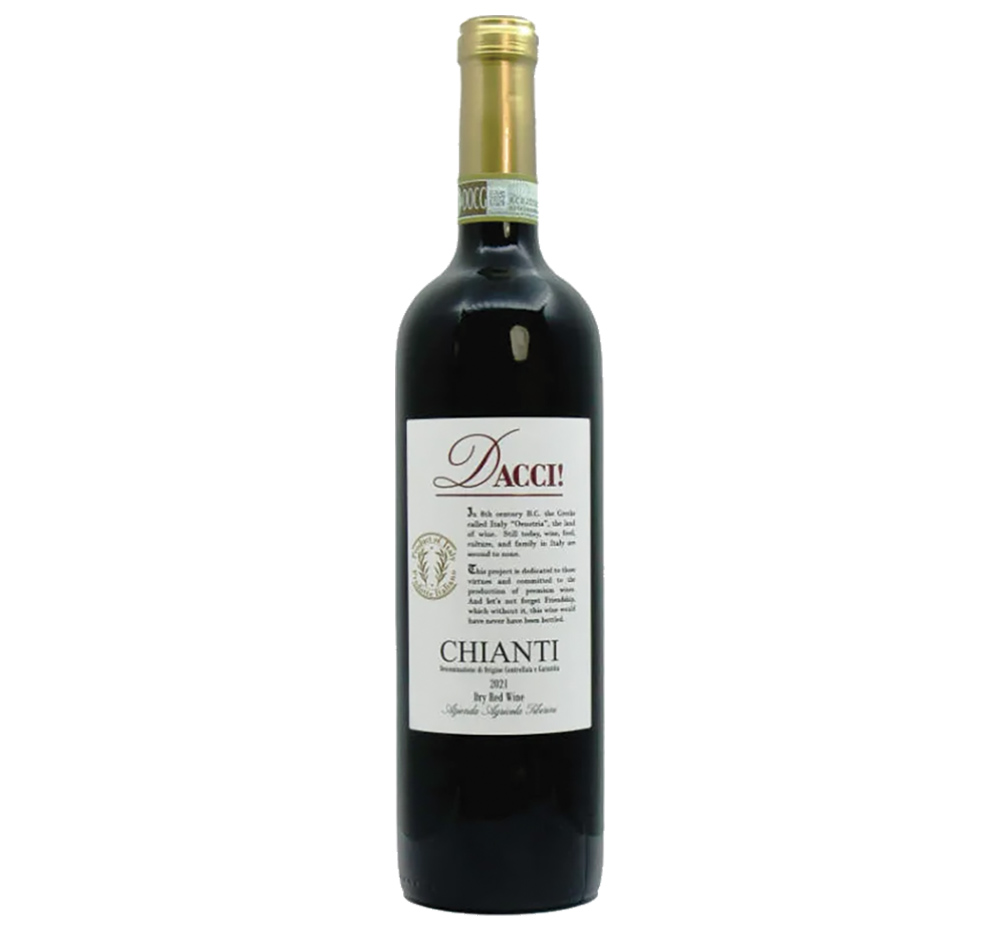
Aside from rosés, possibly the most exotic of this month’s wine recommendations: There is a new white wine that just reached the U.S. market made in Cyprus by Israel’s only current Master of Wine, Ido Lewinsohn, who is winemaker at Barkan-Segal. This is a new varietal wine that has never been made for the kosher market. The wine is called Yamas, and the varietal is xynisteri (say that three times fast!) and it was made in Pafos, Cyprus in 2021, as a joint venture between Lewinsohn and Kamanterena Winery. Xynisteri is considered the national grape variety of Cyprus. I enjoyed this wine because it was aromatic and it had characteristics of white wines I’ve had before, but never in the same bottle. For me, this wine tasted like a cross between a sauvignon blanc and riesling, if the sauvignon blanc did not have notes of citrus. The aromas from the wine were stone fruit-based, with a scent of petrol on the palate which is characteristic of many high-end rieslings. It was pleasant and surprising. At $19.99, this wine is worth a taste and a lot of fun. It’s a good wine to pair with salads and summertime dairy meals like Caprese salad.
My tasting group also greatly enjoyed this summer’s new Twin Suns Reserve Cabernet Sauvignon 2021, from Dry Creek Valley in Sonoma, California. Dry Creek is one of the most well-known AVAs (American Viticulture Areas) in Sonoma, and this soft, round, luscious red wine is a no-brainer pairing for barbecues and summer burgers. Made by Shirah winemakers Gabriel and Shimon Weiss, this is dark berry and cherry-forward without being overly fruity, and earthy in the same smooth way, with gentle tannins and nice natural acidity. At $44.99, it’s not the cheapest red wine out there, but it’s also collectible and will only get better with a little age. It was one of the most enjoyable and rich red California cabs I’ve enjoyed in a while.
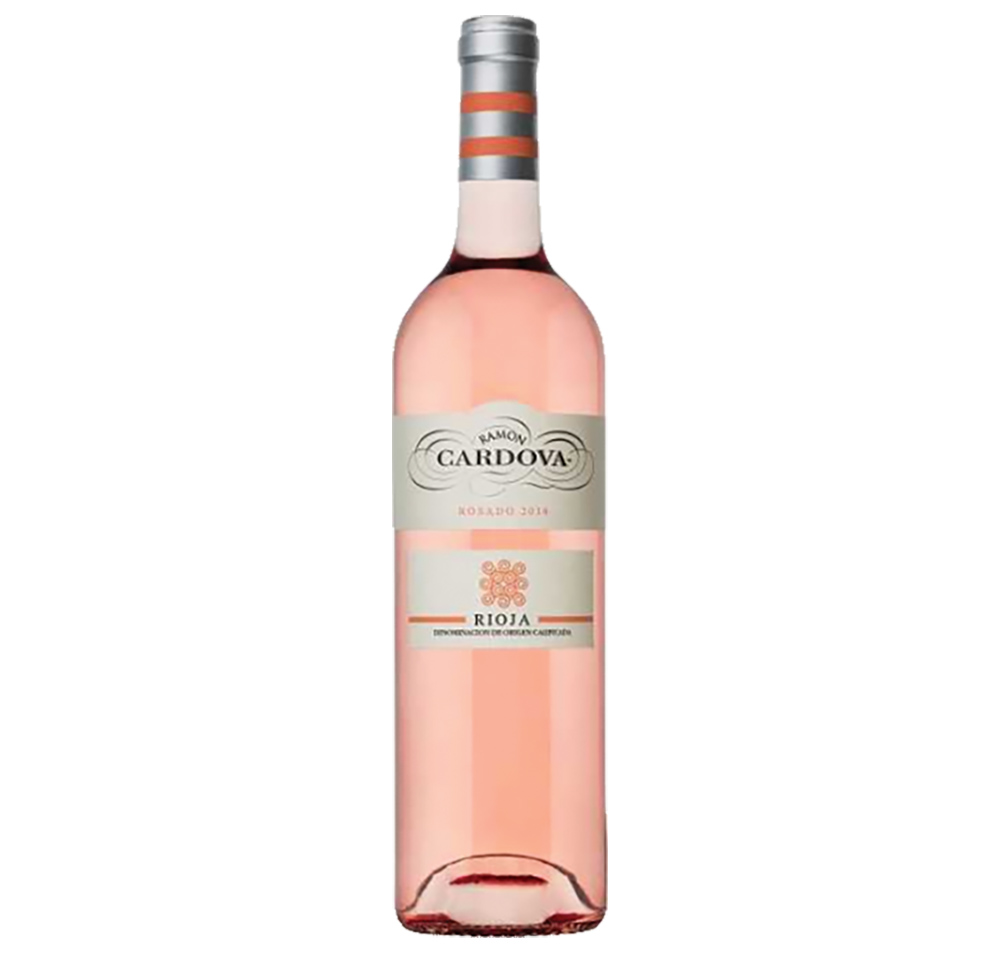
Two other wines, also distributed, like Twin Suns, by The River Wine, are the new Dacci wines from Italy: the Dacci Barbera D’Asti DOCG 2021 and the Dacci Chianti DOCG 2021. These are great Italian wines that have never been available in kosher and are absolute steals at $17.99. Both are “drink now” wines with magnificent food pairing possibilities, particularly for barbecue and any summer Friday night meals. I personally preferred the Barbera D’Asti, with its beautiful punch of sour cherries and notes of raspberry and strawberry, with great balance, bracing acidity and some lovely tannic dryness. Barbera D’Asti is made in the Piedmont region of Italy. The Chianti, also excellent, had more of an oak influence and aroma as well as a black fruit nose and very subtle dryness, and it has great potential as a pairing for roast beef or summer barbeque. The chianti is made from 100% sangiovese grapes from Siena, in Tuscany.
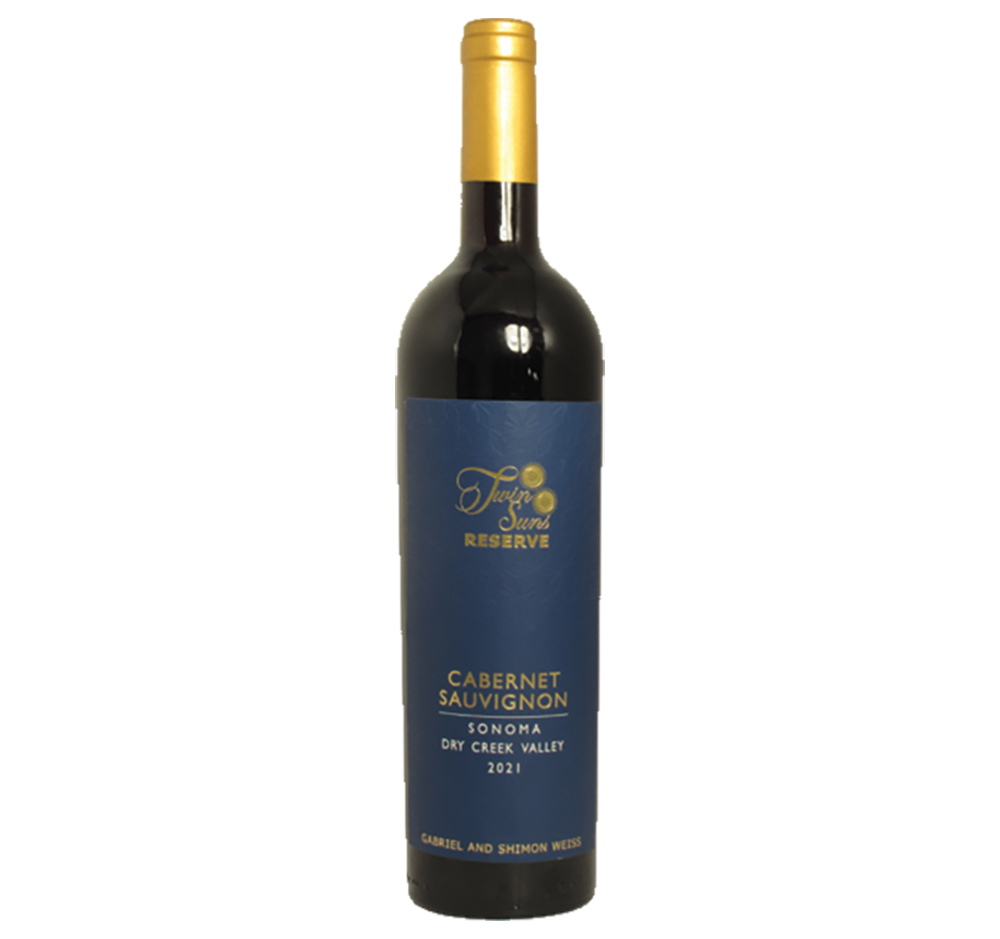
As with all wine recommendations, feel free to try what I like but make sure to drink what you like, and please enjoy all wines responsibly and b’simcha. Happy summer!
